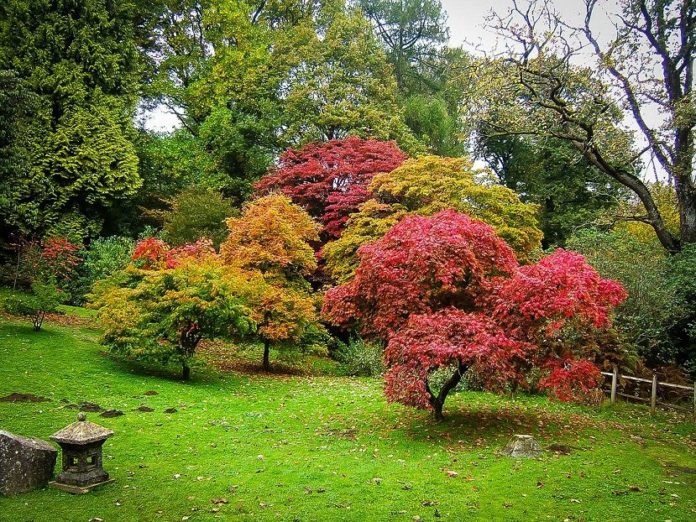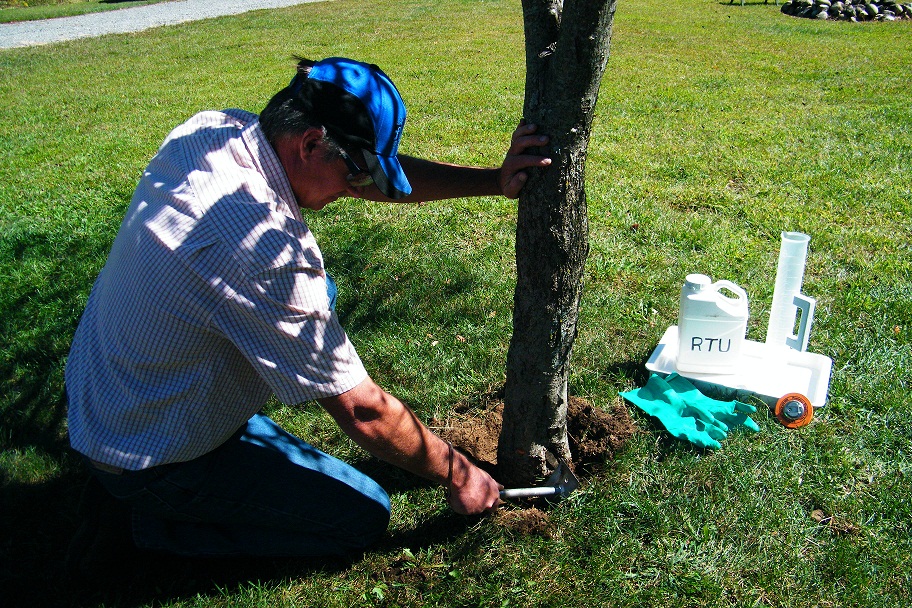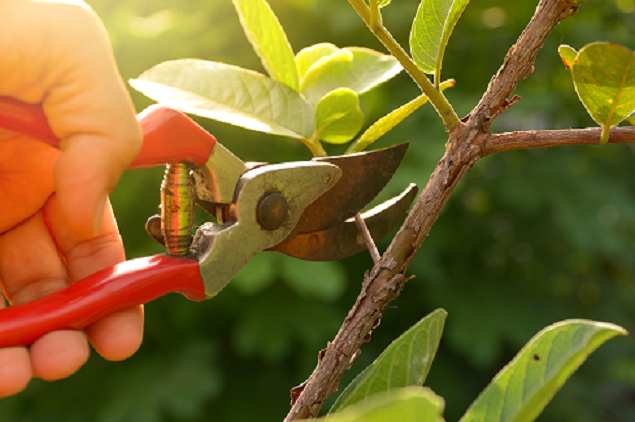Every homeowner loves the idea of having a gigantic and healthy tree around the home. However, it reaches a point that its growth becomes unappealing and less inspiring, especially when it grows so fast that it loses its beautiful nature. Since the tree concentrates its energy to grow tall, other aspects such as the leaves and roots are negatively affected. Consequently, the leaves start appearing dehydrated and the roots do not develop as they should, more so during the dry season.
Other than the parts looking less attractive, there are a few dangers associated with your tree growing too fast. The most obvious one is encroaching. In this kind of challenge, the tree intrudes the building that it’s close to and may damage it. The other issue is the likelihood of your tree falling because of unstable roots. Additionally, the tree may suffer from pest infestation, diseases, and heat stress. This is because the demand for nutrients and moisture increases when it grows much faster.
But, are you aware that you can avoid these issues and make your tree more beautiful by slowing its growth? Well, this is possible and here are some of the ways you can use.
Applying Tree Growth Regulators (TGR)
TGRs are plant hormones that are injected directly into the soil to slow down tree growth. They are supposed to be applied once in 3 years to facilitate the following objectives:
- Reduce Overall Growth: A single TGR application has the power of reducing the yearly growth rate of your tree by 90%. Essentially, TGR acts by inhibiting the action of your tree’s natural growth hormones like gibberellic acid. This means that the growth of your tree will slow down over time.
- Improves Roots And Leaves: Since TGR reduces canopy growth, the tree is able to focus its energy in improving the density and absorption power of your roots and the general appearance of the leaves. Usually, TGR promotes the production of abscisic acid and the hormone is known to encourage drought resistance of the roots. Additionally, it promotes chlorophyll production, thus improving the greenish appearance of your leaves.
- Improves Resistance: TGR boosts the resistance of your tree against diseases, pests, and thermal stress.
Pruning
This is a traditional practice for reducing lateral and vertical growth of a tree. It’s quite a delicate procedure that requires experience. If you are not sure, just ask someone who’s experienced to help you. It’s usually advisable to start pruning your tree at an early stage. This is because youthful trees are likely to recover faster than older ones after pruning.
One important pruning routine that you need to be familiar with is drop-crotching. This is a thinning practice that’s aimed at reducing the size of your tree while maintaining its ideal shape. By doing drop-crotching, you’ll be able to discourage excessive sprouting and to stimulate proper shaping of your tree.
Clearly, your tree does not need to grow fast to appear beautiful. On the contrary, it becomes unpleasant to the eye and poses a number of dangers to you. You can make it more beautiful and safer for you by slowing its growth.




















